|
Every autumn, my sashiko group participates in an exhibition at a community art gallery in the train station. Over the last three years I have made a series of framed works featuring different patterns, and contributed to the joint wall hanging that we make especially for this exhibition every year. Although I was unable to contribute this time, I was happy to be able to view the exhibition recently. This years’ joint wall hanging project was a series of four vertical panels depicting the iroha song, an ancient poem famous for incorporating every syllable of the Japanese hiragana syllabary. Sort of like the Japanese equivalent of ‘the quick brown fox jumps over the lazy dog.’ Even native Japanese speakers can find it difficult to make out what this stylized writing says, so kudos to my four clever classmates who were able to transfer the patterns and fill them out with such beautifully even stitches! Other classmates each stitched flower designs to frame. Here is a selection of a few. The above are all examples of jiyuzashi, or free stitching, which is basically stitching along a freely drawn line. There were also plenty of examples of moyozashi , or pattern stitching. Then there was this spectacular runner below, which was made by one of my classmates done in the bunkatsu (section) style. The patterns you see represented here are (left to right, top to bottom); sayagata (brocade weave), kagome (basket weave), Bishamon (Bishamon-name of a god), asanoha (hemp leaf), tsuno kikko (flower tortoiseshell), and ajiro (wickerwork), plus one more I can’t for the life of me remember or track down – which is driving me nuts! Finally, these three versions of the same stitch, tsuno kikko (horned tortoise shell), on the same kinchaku (drawstring) bag, are a wonderful illustration of how varying the thread colour or pattern size can alter the overall effect.
0 Comments
What a thrill it was to see my number one favourite pattern, asanoha (hemp leaf), plastered across the TV screen, splashed around sports stadiums, adorning buses, and even adding a touch of class to rugby balls! Sports matches usually leave me cold, and I couldn’t care less about the outcome of any international match, but my interest in rugby has definitely been raised of late. Rugby World Cup 2019 Japan posters It was all due to the inspired graphic design scheme for the Rugby World Cup 2019, which incorporated a variety of traditional Japanese patterns that were applied to all aspects of the enterprise, from tickets, uniforms and posters to balls, banners and fence advertising and bus decoration, and of course all the mandatory accessories and souvenirs. I was jumping from my seat and getting quite excited every time I got an eyeful of seigaiha (blue wave) on the back of a referee’s shirt as hovered on the edge of squirming bunch of muscly men. Or saw the trunk-like legs of burly rugby players pound a carpet of asanoha at the entrance to the field. I really couldn’t believe what I was seeing. The organizing committee apparently wanted to create an image of unity, and with the image of a traditional screen in mind, they came up with a core design that superimposed the symbols of Japan — Mount Fuji and the rising sun — on a rugby-shaped pitch filled in with traditional patterns. These are the patterns that are at the heart of sashiko. I was already familiar with most, but there were a few I struggled to identify. Watching rugby is way more interesting when you can play “what pattern is that?” at the same time. The Japanese team’s uniform was based was based on an overall concept of a warrior’s helmet, and encompasses a glorious patchwork of the most common traditional patterns any sashikoist would be familiar with: seigaiha (blue ocean waves), kikko (tortoiseshell), asanoha (hemp leaf), tatewaku (rising steam), sayagata (brocade weave), hishi (diamonds) and yabane (arrow feathers). This style of composition is also very typical in sashiko. And oh, by the way, I believe the green team won. |
Watts SashikoI love sashiko. I love its simplicity and complexity, I love looking at it, doing it, reading about it, and talking about it. Archives
September 2022
Categories
All
Sign up for the newsletter:
|

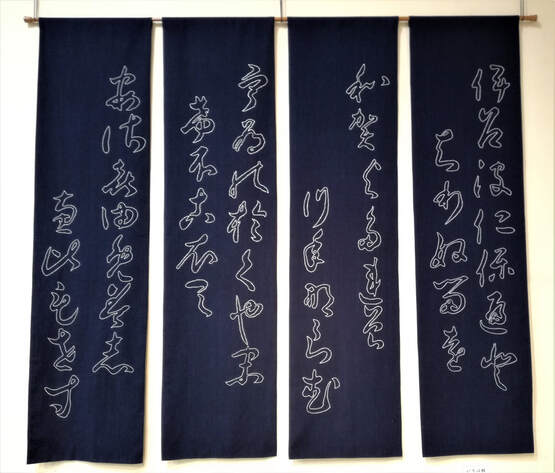
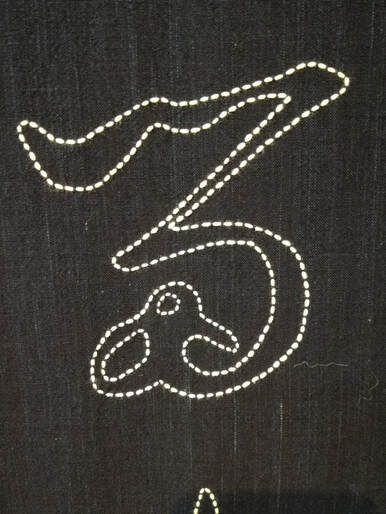
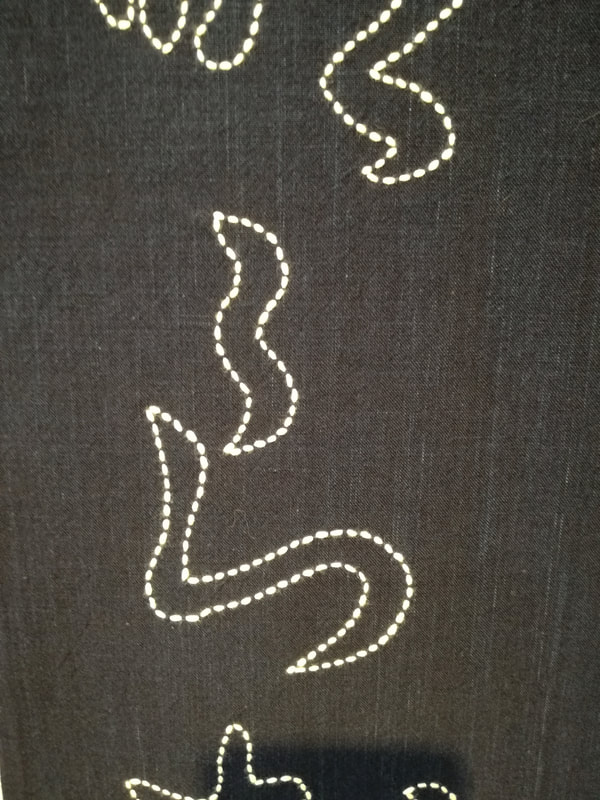
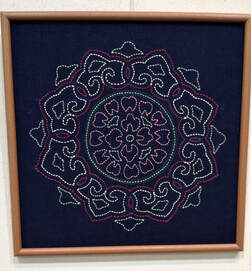
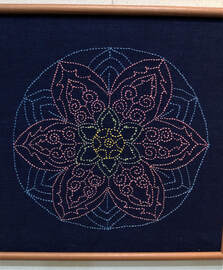
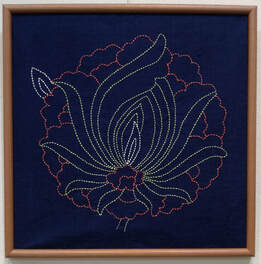
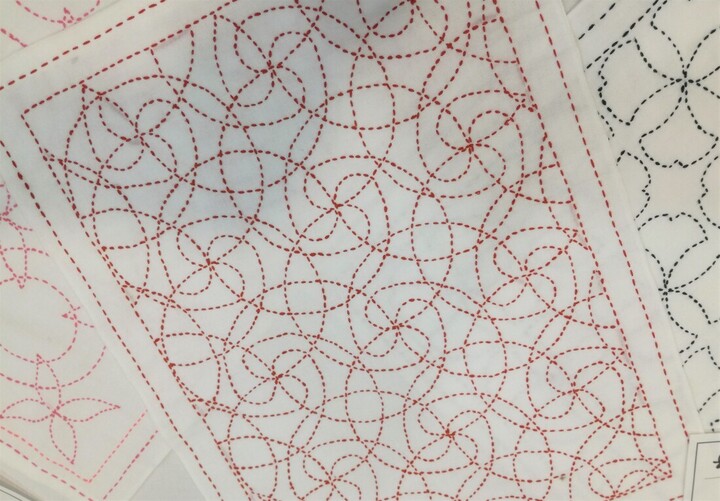
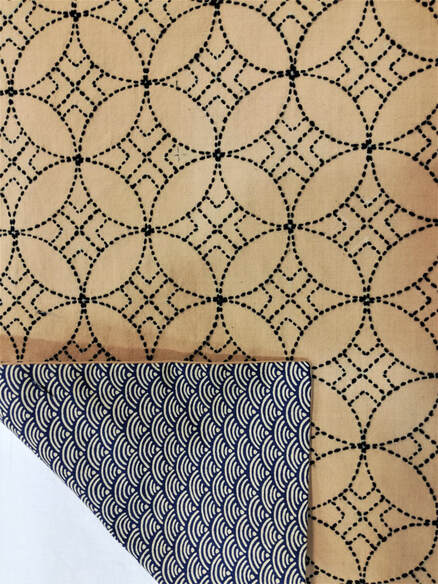
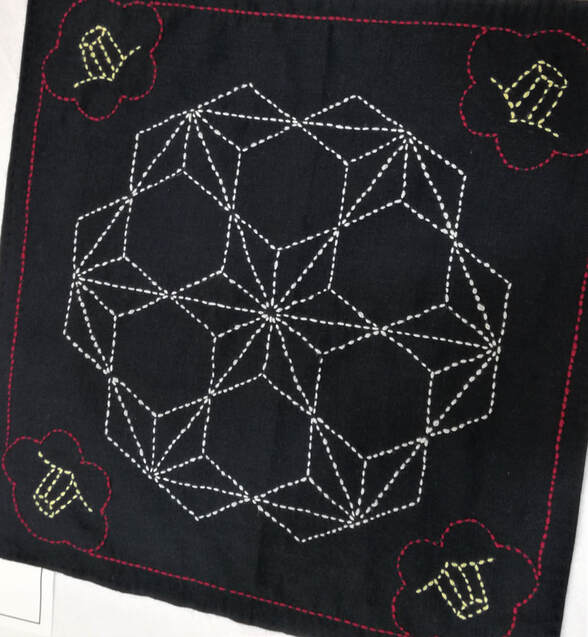
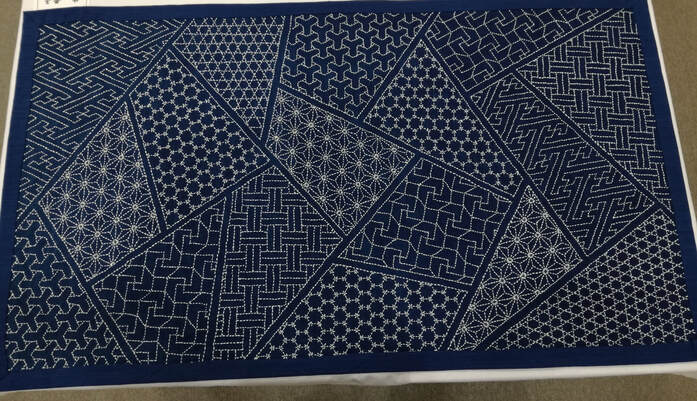
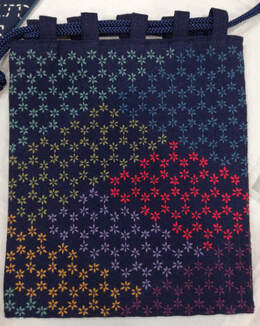
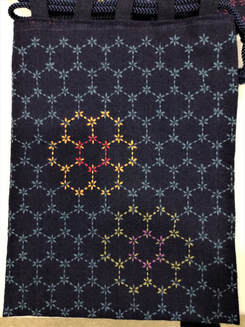
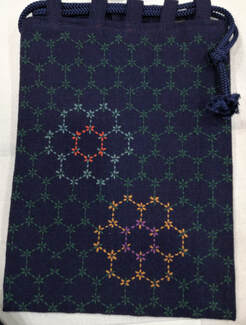
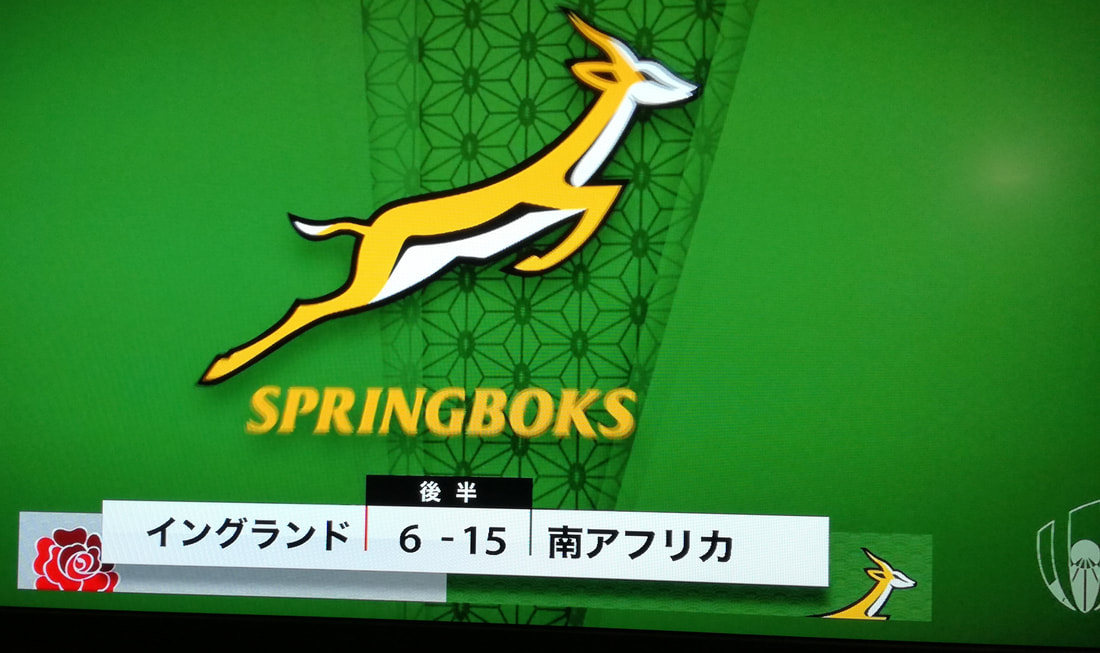
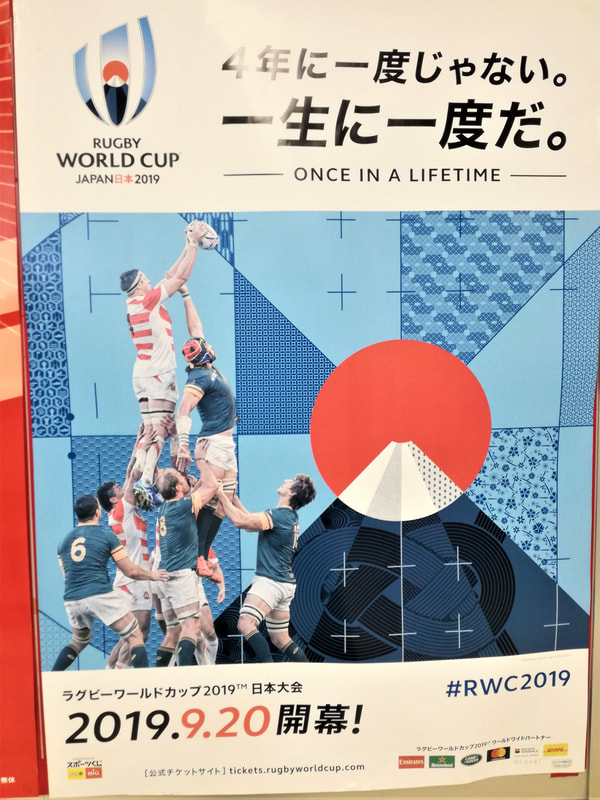
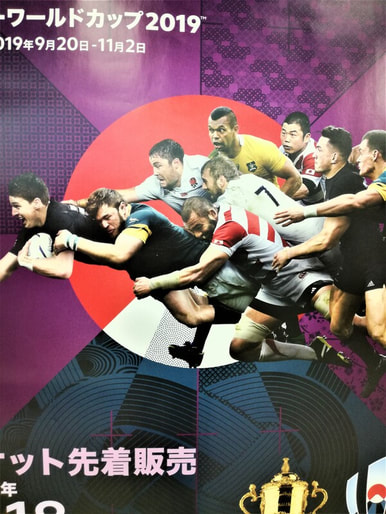
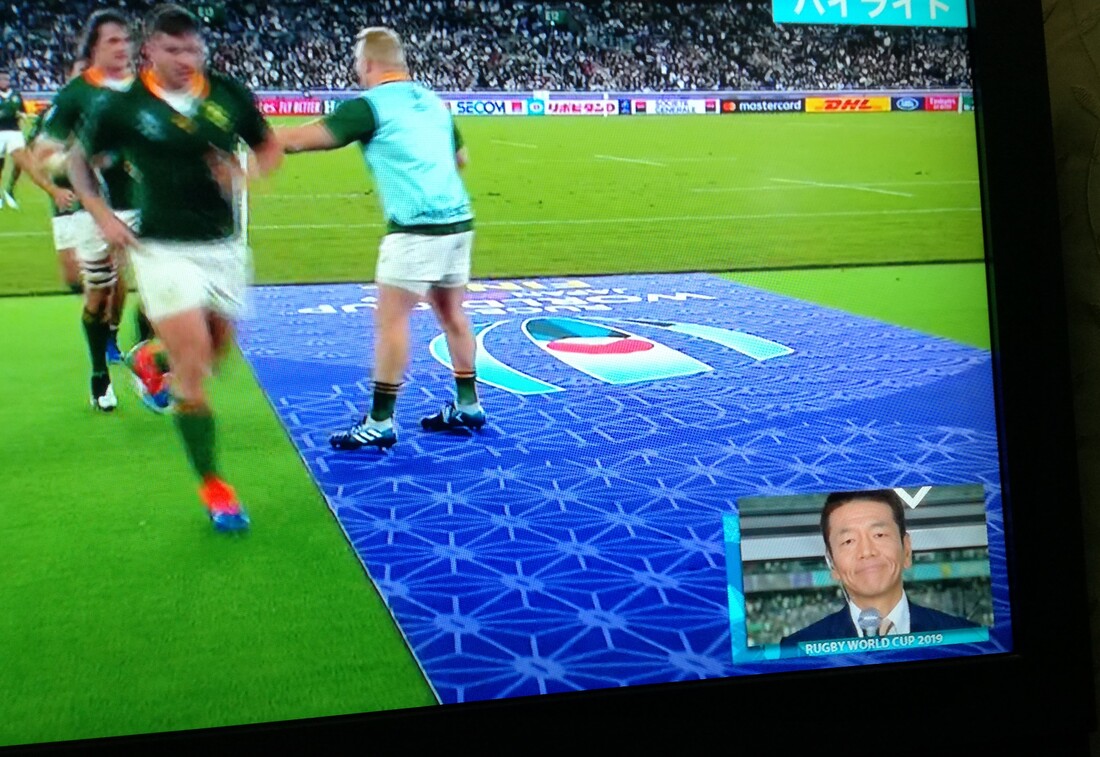
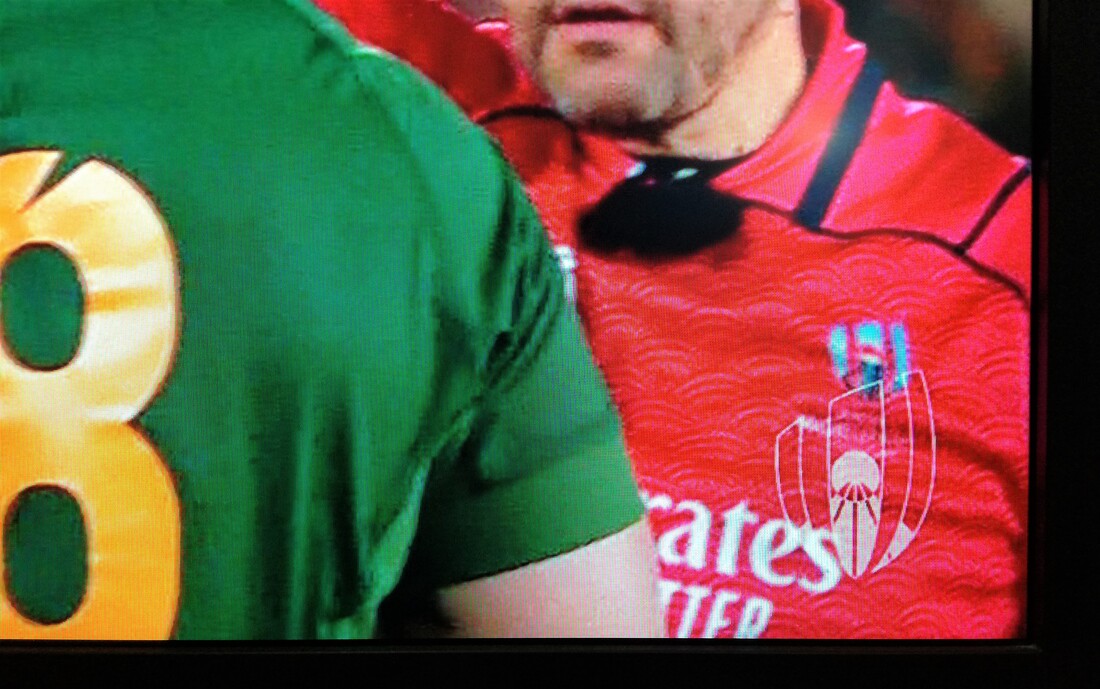

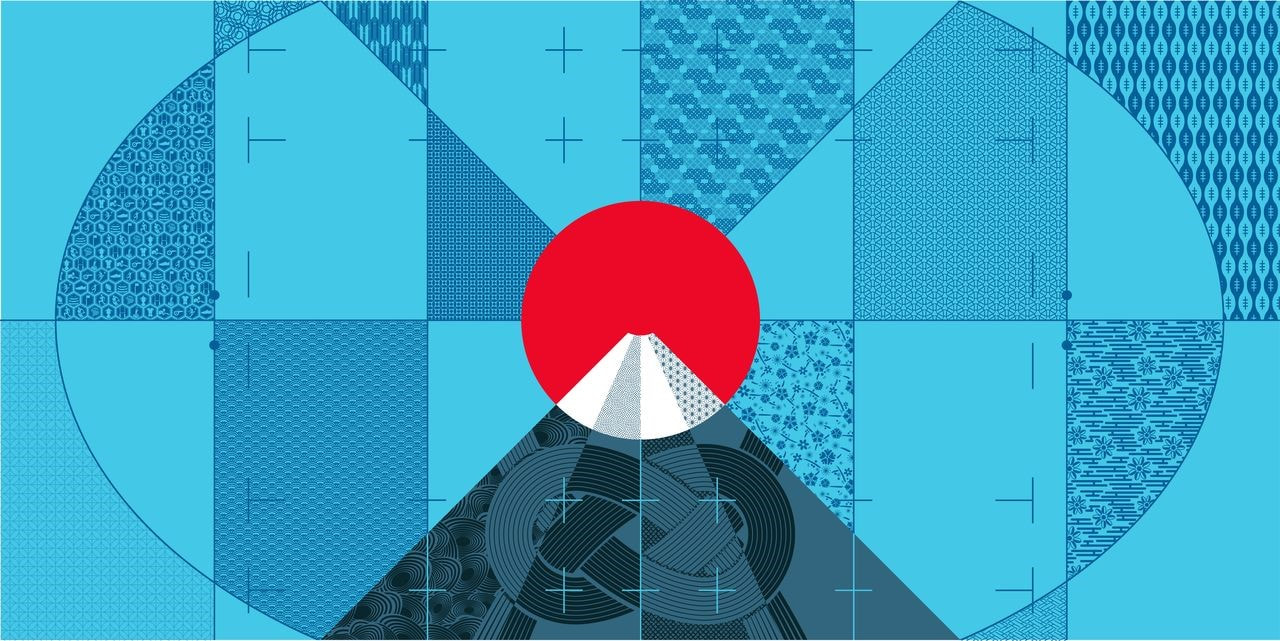
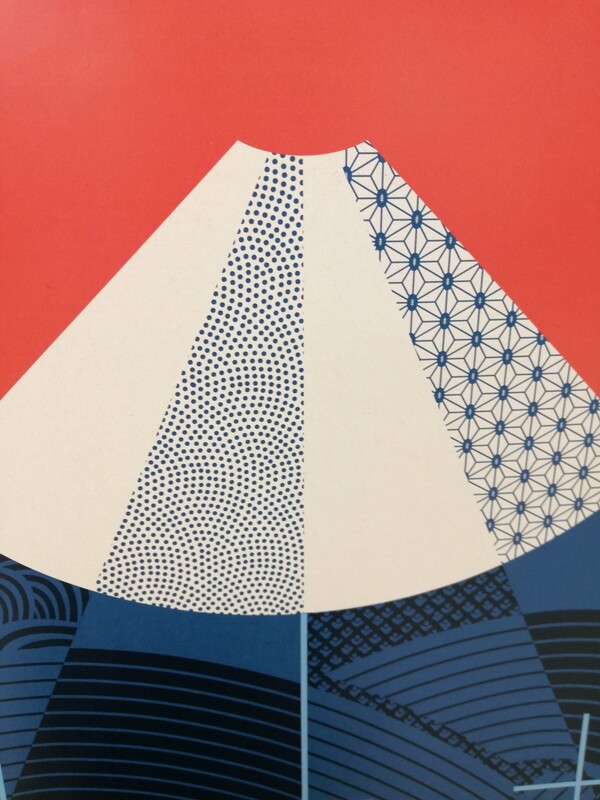
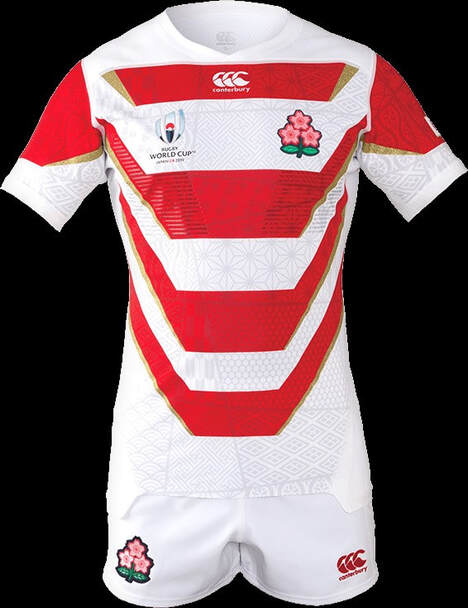
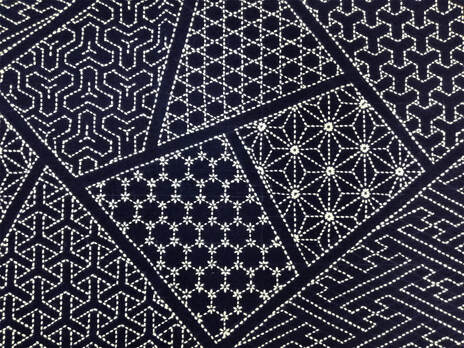
 RSS Feed
RSS Feed



